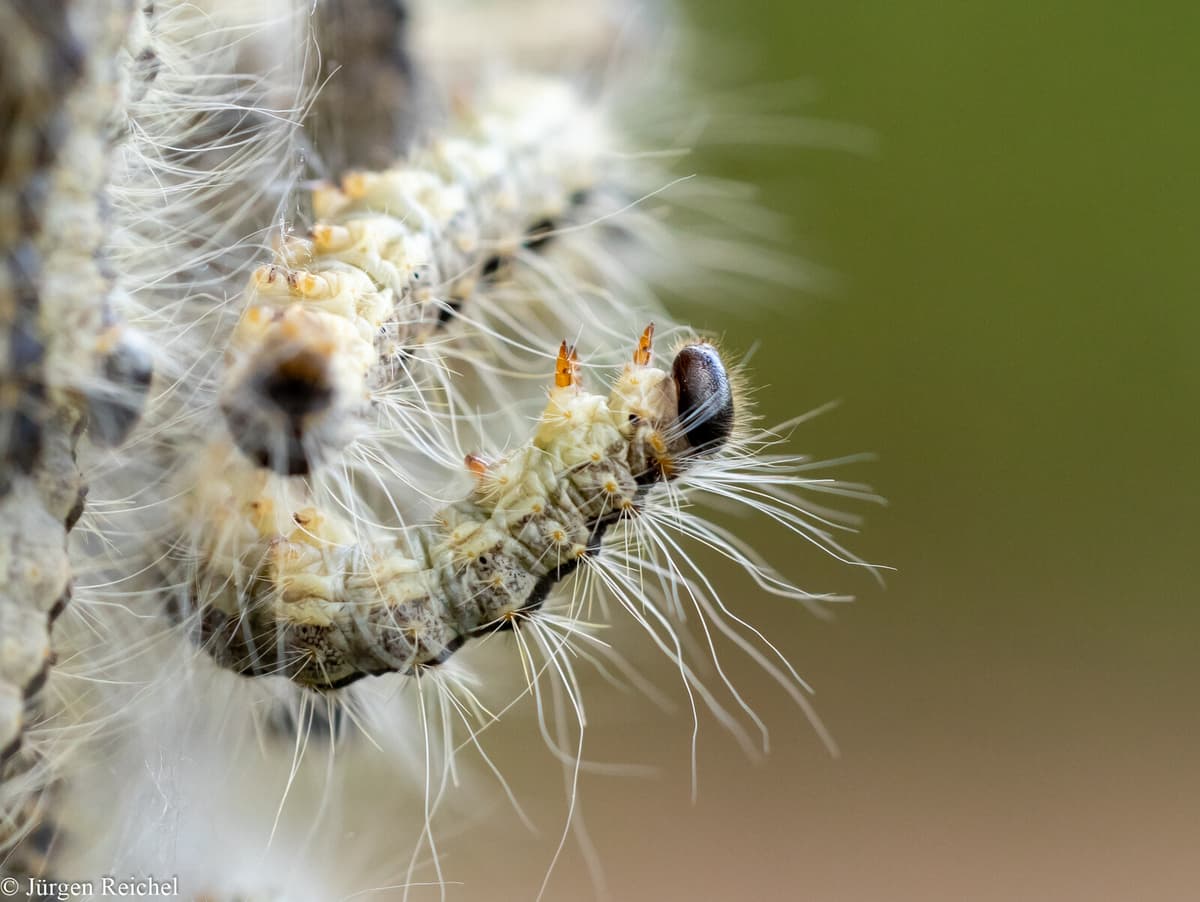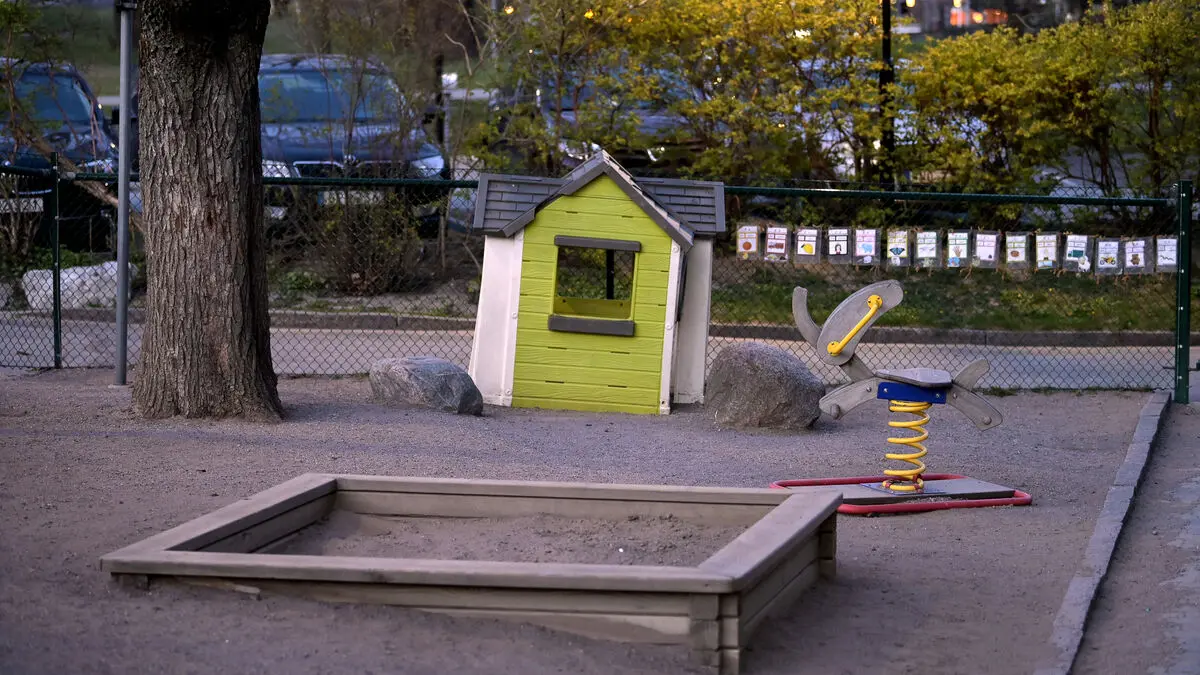A total of 850 larva nests have been found in the city, and it has been revealed that Odense received them through imported oak trees from Germany.
The larvae's venomous hairs can detach at light touch or simply by the larvae moving. The hairs, which can spread several kilometers with the wind, can cause painful and difficult-to-heal injuries.
Two companies with experience in larva control in Germany are hired by the municipality. One will start collecting larva nests in week eight and place them in bags, which will then be treated as hazardous waste. The other company will spray water and foam on the trees to prevent the hairs from spreading.
At the same time, warning signs are being put up in the areas where nests have been found, with instructions not to touch the larvae, nests, or oak trees.
Removing the nests alone is not enough, as eggs remain in the trees and will result in new larvae in April and May. These will be combated with hot water, foam, and pesticides, writes the municipality in a press release.





